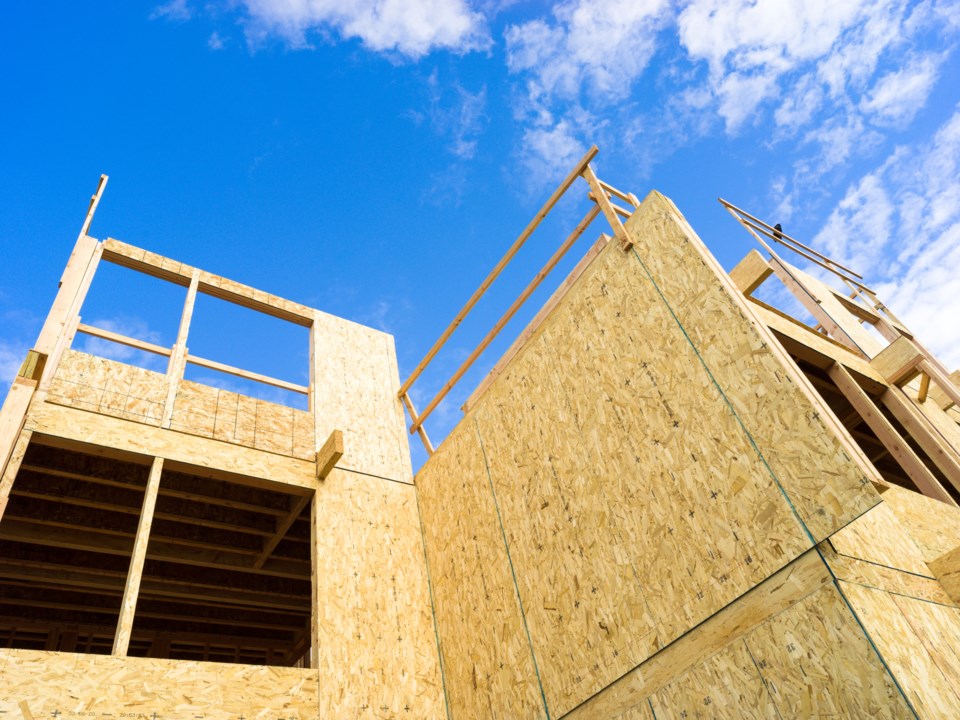Greater Sudbury is in an affordable housing crunch, with hundreds of households forced to live in unaffordable conditions due to limited stock.
At the same time, home ownership has become further out of reach for first-time buyers, with the new housing construction market so focused on high-end builds that they’ve driven up the cost of older, more-affordable units.
This, according to a Housing Supply and Demand Analysis report by N. Barry Lyon Consultants Ltd., which is being presented to city council during their Aug. 15 meeting.
The report is intended to help inform the city’s upcoming Housing Supply Strategy.
As it stands, the city currently needs 470 rental units in order to reach five-per-cent vacancy (the rate is currently 1.6 per cent).
“A vacancy rate below five per cent usually means that market conditions are tight and that available supply is not keeping pace with demand,” according to the report.
An even greater number of affordable units are needed, with many people reportedly “either living in unaffordable conditions, are homeless, are living in a temporary arrangement, or some other problematic solution.”
As of September 2022, the City of Greater Sudbury’s subsidized housing waitlist included 845 households, approximately 12 per cent of which were priority and urgent applicants.
According to the report, Greater Sudbury has a deficit of 655 rent-geared-to-income units, and of at least 301 low-end of market rental units (as of 2017, as a wait-list is no longer maintained).
“The above waitlist indicators are likely to continue to increase looking forward as the population grows and affordability continues to erode across the ownership and rental markets,” according to the report.
Average resale housing, new housing and rental rates across Greater Sudbury are unaffordable for most residents, according to the report, which classifies affordability as less than 30 per cent of gross annual household income.
In Greater Sudbury, $368,586 was considered an affordable purchase price in 2022. In July 2022, the average residential resale price in Greater Sudbury was $452,500, which was a significant jump from the $138,900 recorded in 2005. The greatest increases have taken place in the past three years, with an 11.4 per cent residential price growth jump recorded in 2020, followed by 20.7 per cent in 2021 and 22.1 per cent in 2022.
Not only has the new housing stock failed to meet local demands, builders have targeted a “very narrow segment of the market” with the upper-end single-family homes.
“As a result, demand is focused on existing homes, where these properties are experiencing strong price growth and selling very quickly,” the report notes. During the second quarter of 2022, single-detached homes spent a median of eight days on the market.
As for rental accommodations, the average market rental rate in Greater Sudbury as of August 2022 was $1,646, an eight per cent increase from 2021. Bachelor units averaged $1,284, and three-bedroom units averaged $2,049.
In Greater Sudbury, renters are typically less able to afford accommodations than owners, with the average gross income of owner households more than twice the average household renter income in 2016 ($112,037 compared to $46,886). The average household income was $103,000 as of 2021, but a breakdown of owner/renter has not been made available.
In addition to presenting a view on Greater Sudbury’s increasingly unaffordable housing landscape and highlighting shortcomings in affordable accommodations, the report includes a forecast and some recommendations.
One of the key issues they note is that “population growth and eroding affordability in the ownership market are driving rental demand across Greater Sudbury, resulting in low vacancy and strong increases in rental rates.”
The supply of new housing has not been keeping up, which has caused low vacancy, long waitlists and rising rents.
Among their recommendations to the city, the consultants encourage them to:
- Encourage a broader supply of ownership housing, particularly more compact and lower-cost product types such as townhouses, semid-etached and condominium apartments.
- Reinvest and improve the existing community housing stock, and pair new affordable housing with social and health services.
- Spur community and affordable housing options in the city by increasing incentive packages, offering land to the private sector in exchange for affordable housing, intensify/redevelop surplus institutional lands and explore partnerships with the private sector.
A draft Housing Supply Strategy is expected to be drafted by December, with public consultation to follow before a final strategy is implemented in mid-2024.
The strategy and the Housing Supply and Demand Analysis report will be discussed during the public component of city council’s Aug. 15 meeting, which is set to begin at 2:30 p.m. It can be seen in-person at Tom Davies Square or live-streamed by clicking here.
Tyler Clarke covers city hall and political affairs for Sudbury.com.




.png;w=120;h=80;mode=crop)